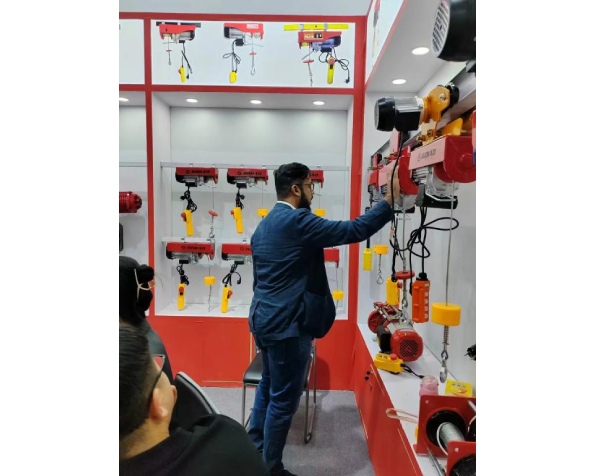


The Importance of Proper Pallet Truck Operation
Pallet trucks, also known as pallet jacks, are essential tools in various industries, particularly in warehouses and distribution centers. They facilitate the movement of heavy loads over short distances, enhancing efficiency and productivity. However, while they may seem simple to operate, improper use can lead to accidents, injuries, and damage to goods. This article will detail the importance of proper pallet truck operation, including best practices, safety precautions, and maintenance tips.
Understanding the Pallet Truck
A pallet truck consists of two forks that slide under a pallet to lift and move loads. Manual pallet trucks require operators to pump a handle to lift the load, while electric pallet trucks offer powered lifting and movement capabilities. Regardless of the type, understanding the model’s specifications and limitations is crucial for safe operation.
Best Practices for Operation
1. Training and Familiarization Before operating a pallet truck, personnel should undergo thorough training. Familiarization with the specific model being used, including its weight capacity, functionality, and maneuverability, is vital. Understanding the controls and features can significantly reduce the risk of accidents.
2. Load Assessment Operators should always assess the load before lifting. Ensure the load is properly balanced on the pallet and does not exceed the truck’s weight capacity. Uneven or excessive loads can lead to tipping and accidents.
3. Clear Pathways Before moving a load, check the pathway for obstacles. Ensure that aisles are clear of debris, low-hanging objects, or any other hazards that could obstruct movement. Maintaining a clean environment not only enhances safety but also improves efficiency.
4. Proper Lifting Techniques When operating a manual pallet truck, use the pump handle correctly and avoid overexerting yourself. For powered pallet trucks, allow the machine to handle the lifting process entirely. Always keep your hands clear of the forks while lifting or lowering a load.

5. Maneuvering Safely When moving loads, maintain a low center of gravity by keeping the forks close to the ground. Turn corners slowly and avoid abrupt movements. Alert nearby personnel of your presence, especially in crowded areas.
Safety Precautions
1. Personal Protective Equipment (PPE) Wear appropriate PPE, such as steel-toed shoes, gloves, and high-visibility vests. This equipment helps protect against potential injuries.
2. Using the Right Equipment Use manual pallet trucks for light loads and electric trucks for heavier ones. Never use a pallet truck for tasks it wasn’t designed for, such as hoisting or lifting objects above ground level.
3. Emergency Procedures Be familiar with emergency stop features, particularly on electric pallet trucks. Knowing how to safely stop or control the machine in emergencies is crucial for minimizing risks.
Maintenance Tips
Regular maintenance is essential for ensuring the longevity and safe operation of pallet trucks. Operators should perform daily checks to ensure that the pumps, wheels, and forks are in good condition. Signs of wear, such as uneven wheel rotation or hydraulic leaks, should be addressed immediately. Additionally, ensure that the truck is clean and free from dirt and debris, as this can interfere with its mechanism.
Conclusion
Efficient operation of pallet trucks is not just about moving goods from point A to point B; it involves a commitment to safety and best practices. Proper training, careful handling of loads, and adherence to safety protocols are essential for preventing accidents and ensuring a smooth workflow. By prioritizing these elements, organizations can maximize productivity while safeguarding their workforce and assets. In a world where efficiency is key, mastering pallet truck operation is an invaluable skill.



